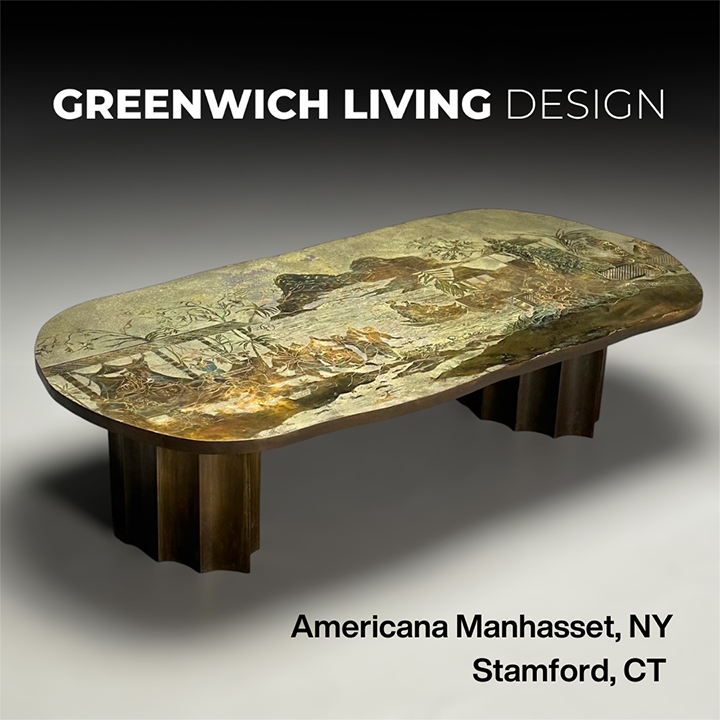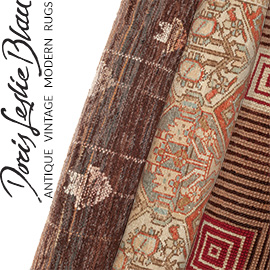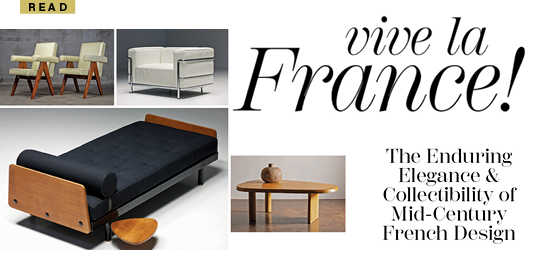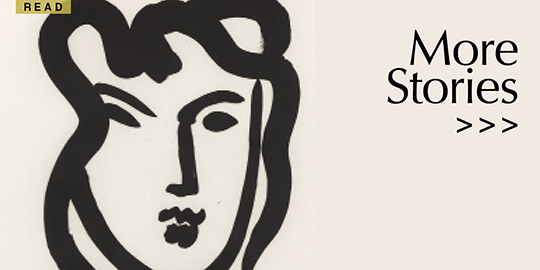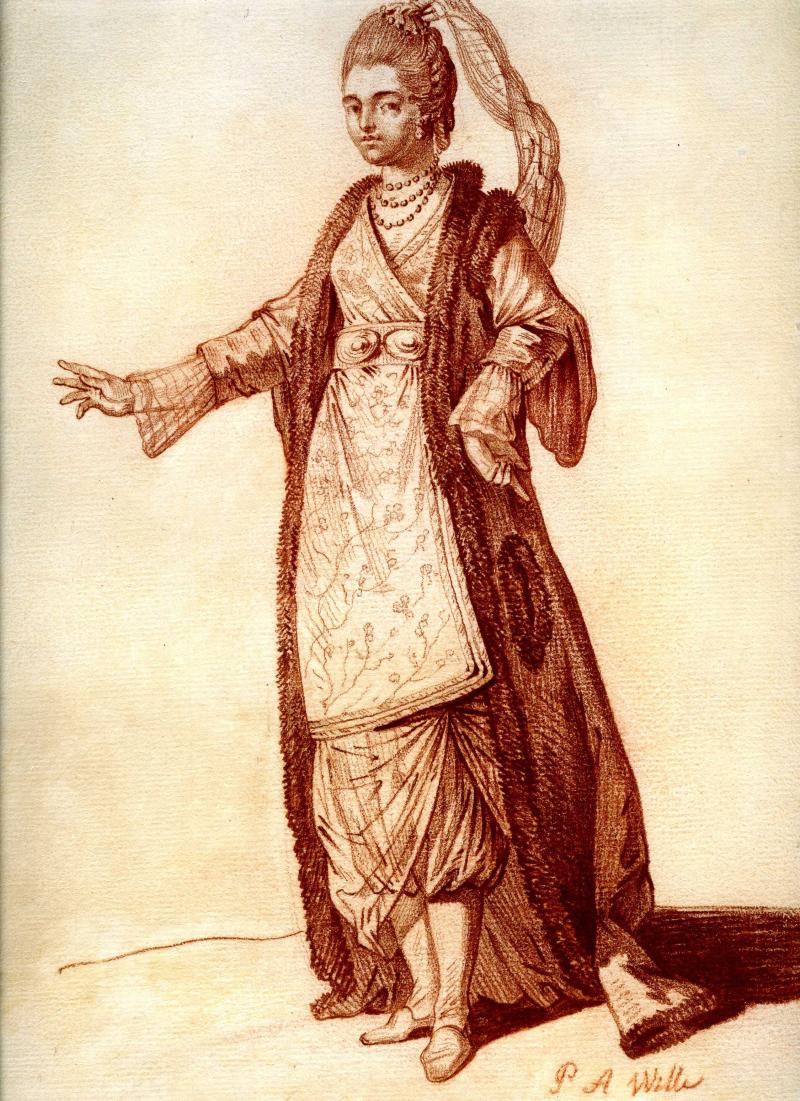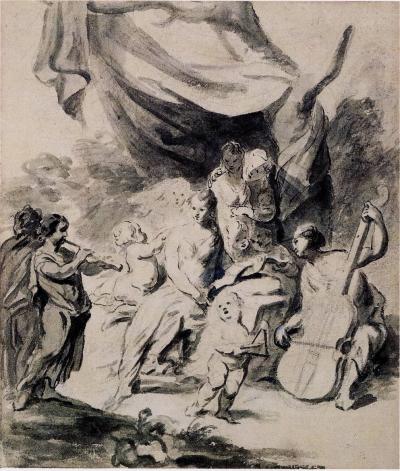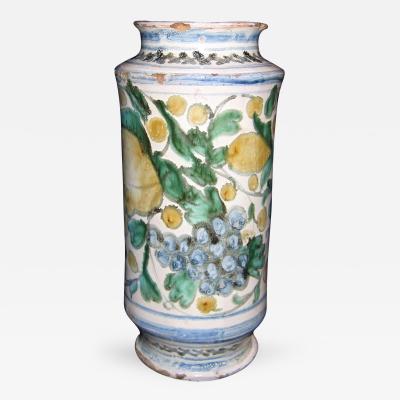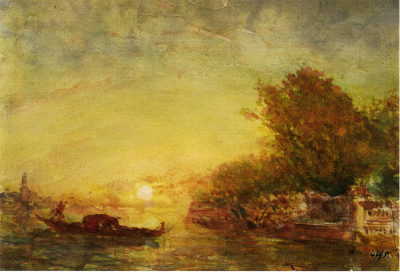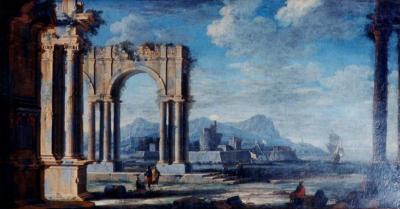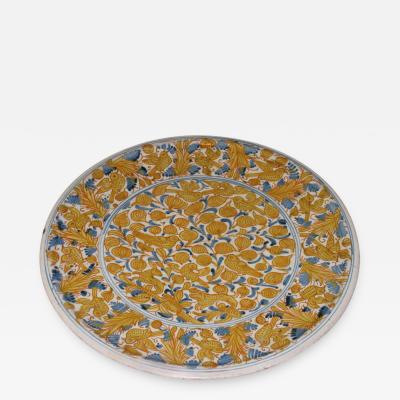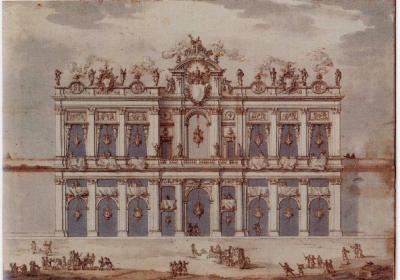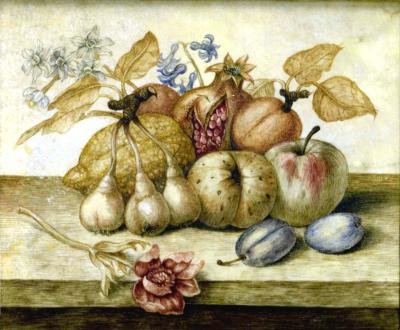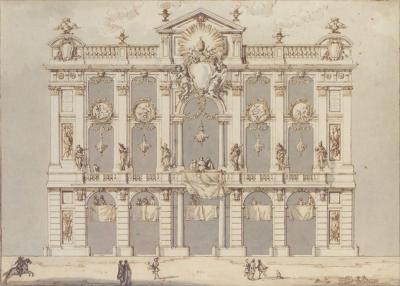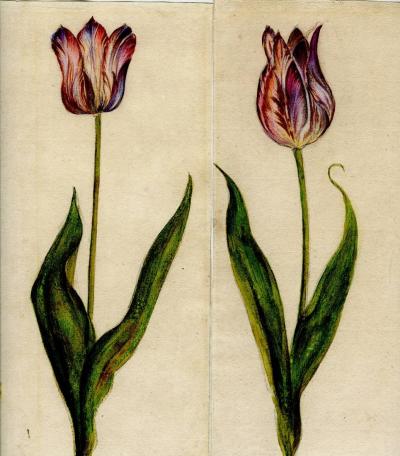- FINE ART
-
FURNITURE + LIGHTING
Shop By Category
Shop By Artist
- NEW + CUSTOM
- DECORATIVE ARTS
-
JEWELRY
Shop By Category
Shop By Artist
- INTERIORS
- MAGAZINE
Offered by:
L' Antiquaire & The Connoisseur, Inc.
36 East 73rd Street
New York City, NY 10021 , United States
Call Seller
212.517.9176
Showrooms
La Sultane
$ 28,000
-
Tear Sheet Print
- BoardAdd to Board
-
-
Description
Pierre-Alexandre Wille, was the son of the German-born Johann-Georg (Jean-Georges) Wille, a leading engraver active in Paris, professor, and art dealer who became a member of the Academy in 1761, and official engraver to the king of Denmark and Frederick the Second.
Pierre-Alexandre Wille began his artistic studies at the age of thirteen with his father’s great friend, Jean-Baptiste Greuze. In 1774, Pierre-Alexandre was admitted to the Académie Royale, and exhibited at the Salon of 1775. Until the latter part of his career, Pierre-Alexandre worked under the stylistic influence of his first master, although he left Greuze’s workshop after only two years to train under Joseph-Marie Vien. Several of his gênre scenes, such as French Patriotism (1781) the Double Reward of Merit (1785), (now in the Château de Blérancourt, Mus. N. Coop. Fr.-Amér.) were engraved by his father. Another gênre scene was The Last Moment of a Beloved Wife. Although accepted in the world of academic artistry supported by the French crown and nobility, Wille became an ardent revolutionary with the falling of the Bastille. During this turbulent period, aside from creating a few poignant works, including his drawing of Danton Led to the Scaffold, now in the Musée Carnavelet, Paris, his later activities were barely documented.
Wille is now best known for his sensitively executed portrait drawings, mostly in red or black chalk. According to Maison, “Pierre-Alexandre Wille, as happens frequently with minor artists, was an infinitely more gifted draftsman than painter.” (see K.E. Maison, “Pierre-Alexandre Wille and the French Revolution,” Master Drawings, vol. X, 1972, p. 34).
This drawing of a lady, in Turkish dress, drawn with a combination of red and black chalk on white paper, can be dated to the late 1780’s by her dress. Although less emotionally forceful, our drawing is comparable to Wille’s red chalk portrait of the revolutionary figure, Charlotte Corday, which is signed and dated 1793 and formerly in the collection of Louis Brinquant. - More Information
-
Dimensions
W. 9.89 in; H. 13.75 in; W. 25.12 cm; H. 34.93 cm;
Message from Seller:
The gallery deals in European works of art, antiques and paintings from antiquity to the end of the eighteenth century. Under Mrs. Fioratti's direction, the gallery has continued to supply works of art to museums across America and Europe. She has designed interiors in the U.S., Europe, and the Middle East. Mrs. Fioratti has worked on architectural restorations, and restored a 10th century village near Siena.
Sign In To View Price
close
You must Sign In to your account to view the price. If you don’t have an account, please Create an Account below.
More Listings from L' Antiquaire & The Connoisseur, Inc. View all 182 listings
No Listings to show.
- Allegory of Music
- The Forum with the Column of Phocas in Rome
- A Large Sicilian Albarello with Scrolling Fruited Vines with Lemons
- Entrance of gardens in Venice along the Laguna
- A Harbor Scene with Roman Ruins
- A Majolica Alzata (Charger with Stand) with Animal and Vegetal Motifs
- Signed Design for a Façade, possibly for the Festa della Chinea of 1766
- 19th Century Orientalist Painting with Horses
- An Orange Blossom with a Beetle, a Butterfly and a Fly
- Still Life with Fruit and Carnation and Hyacinths atop a Ledge
- Flowers in a Sculptural Metallic Footed Cup
- Design for a Temporary Façade, possibly for the Festa della Chinea of 1766
- A standing woman seen from behind
- A Pair of Semper Agustus Tulips




